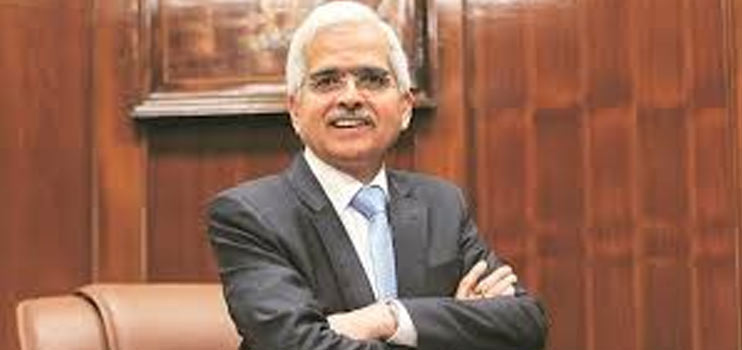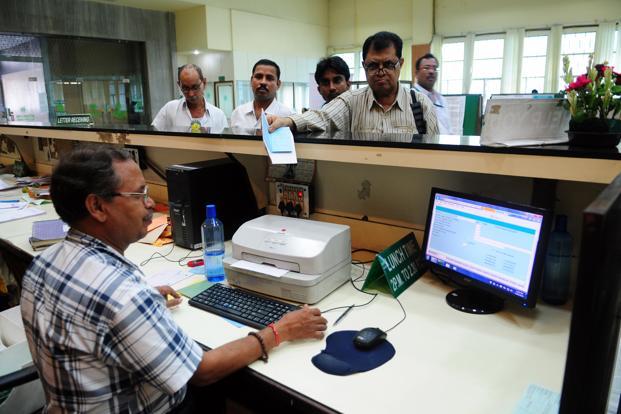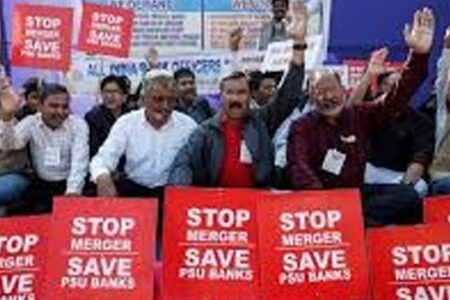Bond prices rallied, bank stocks rose and rupee appreciated on Friday, cheering the Reserve Bank of India’s (RBI’s) October monetary policy.
The Monetary Policy Committee (MPC), Indian central bank’s rate-setting body, with three new members on board, met between October 7 and 9, with one eye on the markets and the other on the economy.
The new MPC has not gone for a rate cut (none expected it to) but has done everything else to ensure that the massive market borrowing programme of the Centre and the states goes through without any disruption and instill growth impulses in Asia’s third-largest economy, which the RBI feels has left the worst behind it. It has also repaired the damage done by the minutes of the last MPC meeting, released in the third week of August, where one of its key members expressed serious concerns about persistently high inflation and spoke about remedial action to bring it down. That spooked the market and bond yields started rising.
The latest policy has taken a series of steps to ensure that the government is able to borrow from the market without paying too much and the banks continue to buy bonds. The combined market borrowing of the Centre and the states is pegged at around Rs21.6 trillion at this point, but it can rise if the government decides to go for more fiscal stimulus to prop up the economy, which sank 23.9 per cent in the first quarter of the current fiscal year.
The RBI has doubled the size of the auction through which it buys bond from the market under the so-called open market operations (OMOs) to Rs 20,000 crore. What’s more, the central bank has announced such OMOs for the state development loans – the first in its 85-year history. Finally, the rise in the investment limit of banks in bonds classified as held to maturity (HTM), from 19.5 per cent to 22 per cent of their net demand, and time liability, a loose proxy for deposits, which was to end in March 2021, has been extended by a year. The higher limit is for bonds bought between September 2020 and March 2021. The bond in the HTM basket does not carry any market risks.
Should the RBI have announced an OMO calendar to put on the table its bond buying programme? That’s asking for too much. RBI Governor Shaktikanta Das is explicit in his statement — the central bank stands ready to conduct market operations as required through a variety of instruments to ease pressures and maintain liquidity and order in financial markets.
This de facto monetistation is the Indian version of quantitative easing. Unlike, say, the Bank of Japan and the Reserve Bank of Australia, the RBI is not targeting yield of government bonds but what it is doing could be called a soft yield curve control. Probably 6 per cent is its tolerance level for the 10-year bond. On Friday, the 10-year yield closed at 5.925 per cent, falling 9 basis points, but at the shorter end, three-year bond yield dropped 33 bps to 4.541 per cent. (One bps is a hundredth of a percentage point.)
The accommodative stance of the monetary policy will continue “as long as necessary – at least during the current financial year and into the next year – to revive growth,” Das said. This is one of the rare instances of the RBI giving such a long forward guidance. This, coupled with its softer inflation projection in the coming months, keeps the door open for a rate cut in April 2021. Even if it does not do so, the message is crystal clear: There is no rate hike till next financial year.
The headline retail inflation increased to 6.7 per cent during July-August 2020. It will rise further in September but the RBI estimates that it will ease to 5.4-4.5 per cent in the second half of 2021 and further to 4.3 per cent in the first quarter of 2022, with risks broadly balanced. The MPC blames the supply shocks for the rise in inflation and feels that these will dissipate in the coming months as the economy unlocks, supply chains are restored, and activity normalises.
The RBI has also given its estimate of the real GDP growth in 2021, something which the Indian central bank had refrained from doing because of uncertainties enveloping the economic during the Covid pandemic time. It is expected to be negative at (-)9.5 per cent, with “risks tilted to the downside”. The RBI expects the Indian economy to contract 9.8 per cent in the second quarter, 5.6 per cent in the third, and finally to bounce back with 0.5 per cent growth in the last quarter of 2021.
It seems to be a realistic estimate. In fact, if the economic activities in September are any indication and India is spared a second wave of the Covid-19 pandemic, there may not be any downside risks to the RBI estimate. It could end up confirming its position of a conservative central banker.



